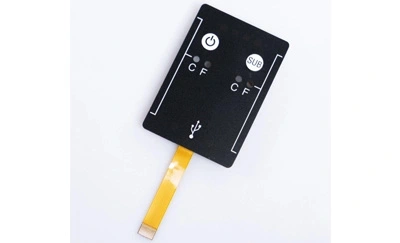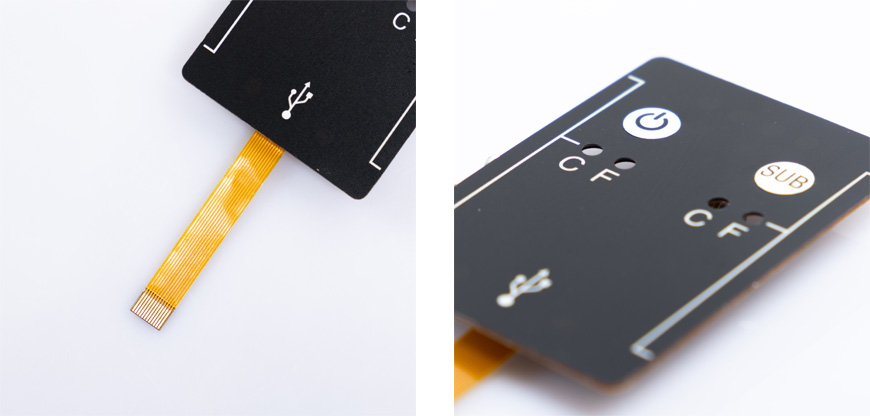
In today's fast-paced technological world, user interface design plays a pivotal role in enhancing the user experience. One of the innovations revolutionizing this space is the non-tactile membrane switch. This article delves into the intricacies of non-tactile membrane switches, their applications, benefits, and why they are shaping the future of user interface technology.

Non-tactile membrane switches, also known as touch-sensitive membrane switches, are electronic components used for user interface applications. Unlike traditional mechanical switches, which require physical actuation, non-tactile switches respond to touch or proximity, making them more intuitive and user-friendly.
Non-tactile membrane switches consist of several layers, including a top graphic overlay, spacer layer, and conductive layers. When a user touches the overlay, it applies pressure to the spacer layer, causing the conductive layers to make contact. This contact triggers an electrical signal, registering the input.
Non-tactile membrane switches find applications across various industries, including:
Consumer Electronics: They are used in smartphones, tablets, and remote controls for seamless and responsive touch interfaces.
Medical Devices: In medical equipment, these switches provide a hygienic and easy-to-clean interface, essential for healthcare settings.
Industrial Control Panels: Non-tactile switches are ideal for harsh environments as they are durable and resistant to dust and moisture.
Automotive Controls: They enable intuitive control of infotainment systems and climate control in vehicles.
Non-tactile membrane switches offer several advantages over traditional switches:
1. Durability
These switches are built to last, withstanding millions of actuations without wear and tear. Their sealed design protects them from environmental factors.
2. Aesthetic Flexibility
Graphic overlays can be customized with various colors, textures, and designs, enhancing the overall appearance of the device or equipment.
3. Space Efficiency
Non-tactile switches are incredibly thin, allowing for compact and space-efficient designs in electronic devices.
4. Ease of Cleaning
In medical and industrial settings, easy-to-clean surfaces are crucial. Non-tactile switches have no crevices where dirt or bacteria can accumulate.
Non-tactile membrane switches are at the forefront of user interface technology advancements. With ongoing research and development, we can expect even more exciting innovations in this field. As technology evolves, non-tactile switches will continue to shape the way we interact with electronic devices.
In conclusion, non-tactile membrane switches represent a significant leap in user interface technology. Their versatility, durability, and aesthetic flexibility make them the ideal choice for a wide range of applications. As we look to the future, it's evident that non-tactile switches will play an increasingly vital role in enhancing user experiences across various industries.
Are non-tactile membrane switches sensitive to touch?
Non-tactile membrane switches are highly sensitive to touch, providing a responsive and intuitive user experience.
Can non-tactile switches be customized for specific applications?
Yes, graphic overlays on non-tactile switches can be fully customized to meet the specific design and functionality requirements of different applications.
What is the lifespan of non-tactile membrane switches?
These switches are known for their durability and can typically withstand millions of actuations without failure.
Are non-tactile switches suitable for outdoor use?
Yes, non-tactile membrane switches are resistant to dust and moisture, making them suitable for outdoor and harsh environments.
How do non-tactile switches compare to traditional mechanical switches?
Non-tactile switches offer advantages such as space efficiency, durability, and ease of cleaning, making them a superior choice for many applications.